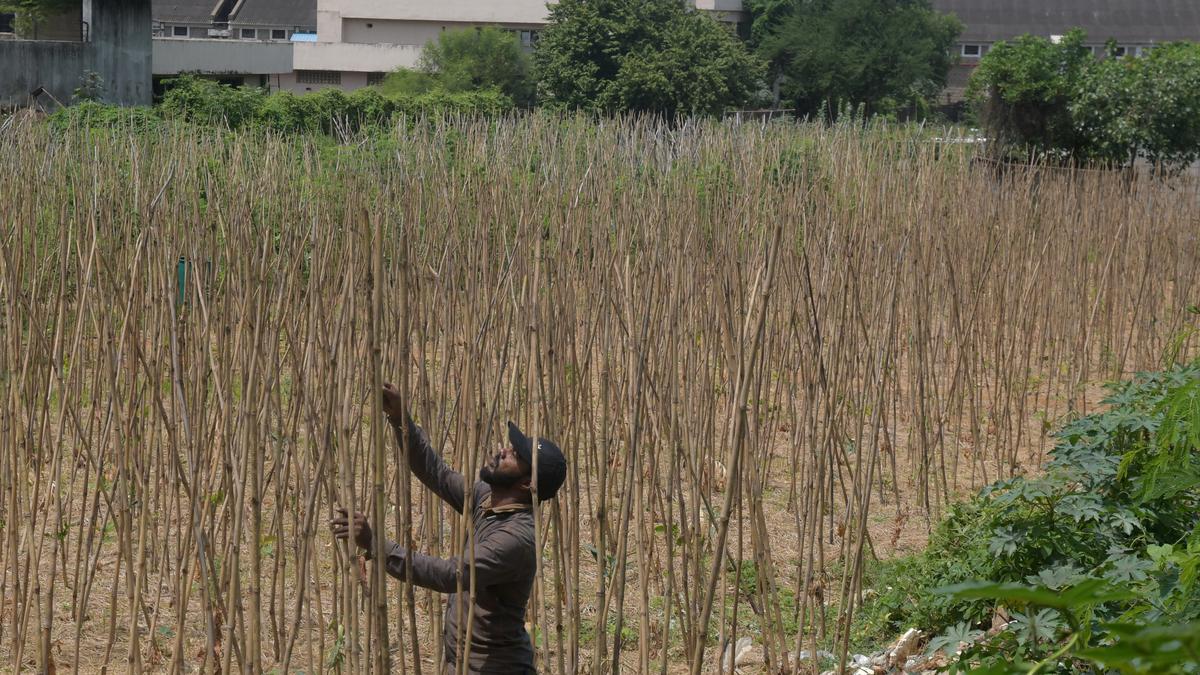The Red Hills reservoir in Surapet, which supplies drinking water to Chennai, is undergoing a green transformation as the Water Resources Department and voluntary organisations develop a Miyawaki forest around its periphery. This initiative aims to protect the reservoir’s ecology and enhance biodiversity. Two months ago, encroachments were removed from five acres of land in Surapet, where approximately 55 native species of saplings have been planted. The enthusiastic participation of voluntary organisations and volunteers has led to the development and maintenance of greenery in four locations near the lake. The ultimate goal is to clear about 600 encroachments and create a green belt, transforming the area into an eco-tourism site.
S. Sameer from the Social Work Team Trust (SWOTT) and Say Trees, an NGO, have planted around 5,800 saplings of shrubs and canopy trees in Surapet, with plans for an additional 6,000 saplings in the second phase. Another urban forest is being developed near the G.N.T. Road bund and at Alamaram, with 20,000 seed balls already planted. However, the lake continues to face challenges like garbage dumping and sewage pollution. Addressing these issues is crucial for the success of the project. Activists have raised concerns about the Chennai Metropolitan Development Authority’s proposal to develop the lakefront, as it remains unimplemented.
S. Sundaramurthy, president of the Puzhal Eri, Arafat Eri Padhukappu Makkal Iyakkam, highlighted the persistence of sewage pollution and encroachments near the lake, despite inspections by Avadi Corporation officials. While efforts are being made to increase the green cover around the lake, it is vital to address the issue of sewage outfalls from Thirumullaivoyal and Venkateswara Nagar in Ambattur.
Despite these challenges, the development of the Miyawaki forest around the Red Hills reservoir is a significant step towards enhancing biodiversity and protecting the ecological balance of the area. By creating a green belt and promoting eco-tourism, this project can contribute to a sustainable future for Chennai and its water resources.











